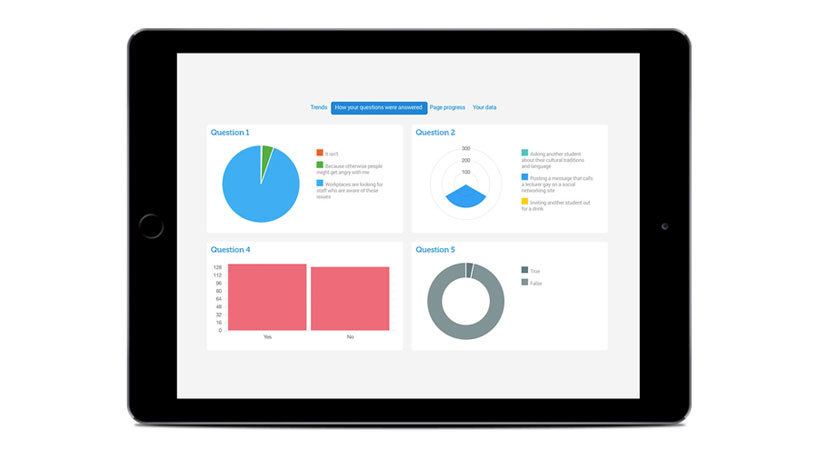Creating A More Competitive Product: How To Use Data To Create Better Content
Let’s look at 5 ways training and content providers can use data to create better content and thus a more competitive product.
1. Improve Courses By Better Meeting Customer Needs
Data from a previous module can be useful in a new module that you design. You can use this data to focus on the needs of your target audience.
For example, if a video that was part of your learning content performed well in Japan, but your French learners showed a preference for diagrams that broke down learning content by each step, you can use this data to create better quality content that works for your audience in their respective locations.
This action allows you to customize and localize your learning content in order to meet your target audience's needs. It also improves your chances of selling your learning content to potential clients.
2. Increase The Success Of The Course (Post Launch)

It's important for training and content providers to see that their learning content is successful. Data will reveal whether or not users are engaged with the learning content and at what point they are struggling.
Once you discover areas that need improvement, take action by adding extra examples to assist them in comprehending the content and then republish the learning content.
3. Identify New Markets By Profiling Existing Customers
Data gives you insight to show you who is using your content for training and learn about where they are using it.
For example, data can help uncover whether your learning content was preferred in one location over another. This allows you to focus your attention on key locations and help you create local content that best suits your users' needs.
Additionally, data can help reveal which industries or companies your learners belong to. For instance, marketers have used data analytics to profile customers by tracking site visitors and their access locations. This helps them to target the right audience.
Training providers can take a leap out of the marketer’s playbook by using data to learn more about their audience. This will help them differentiate their learning content for a competitive edge.
4. Identify Performance Gaps By Listening To Learners

Using open input questions alongside questions like polls, you can capture learners’ opinions on key subjects or their top three performance support needs. In other words, crowdsource what your design needs to deliver and get real results for your customers’ business with targeted content. Do this way ahead of your full-throttle production phase.
Related: How To Evolve Your Learning Strategy From Art To Science
5. Show ROI From Online Learning For Clients That Need Convincing

Using real statistics can serve as a convincing piece of evidence to justify online learning for customers who have a difficult time believing that it works.
For example, you can prove how successful one of your most recent courses is by using the data from your Analytics. Demonstrate your success by showing the number of times your learners visit your content, the total amount of learners your course has, their scores, their locations and any other information your client may deem pertinent.
Related: 5 Best Practices To Help You Deliver Real ROI From Learning
Final Thoughts
Rather than viewing data as information that you track after a product launch, use it to transform your courses to meet your audience's need. Elucidat's has an Analytics feature that can help you use data to continuously learn from your customers and mold your courses and product to meet their needs.
Next step: Click here to learn more about Elucidat Analytics









